Step 1: Install the Right Gym Flooring
Use SilentGym Interlock8 Home Gym Flooring Tiles to absorb impact noise. If extra noise reduction is needed, add GenieMat Underlay beneath your flooring.
Creating the perfect home gym involves more than just selecting the right equipment, you also need the right flooring and soundproofing to protect your home and reduce noise. Whether you're lifting weights, running on a treadmill, or performing high-intensity workouts, impact noise and vibrations can travel through the floor and walls, disturbing others in your home.
At Soundstop, we go beyond just selling gym flooring, we help you understand the importance of soundproofing and how to create a quiet, comfortable, and high-performing workout space.
To reduce both impact noise (from dropped weights and equipment movement) and airborne noise (music, voices, or machine sounds), we recommend the following solutions:

A high-performance 8mm thick interlocking rubber tile, perfect for reducing impact noise while protecting your floor from heavy equipment and high-impact workouts. These tiles are easy to install, durable, and provide excellent shock absorption.
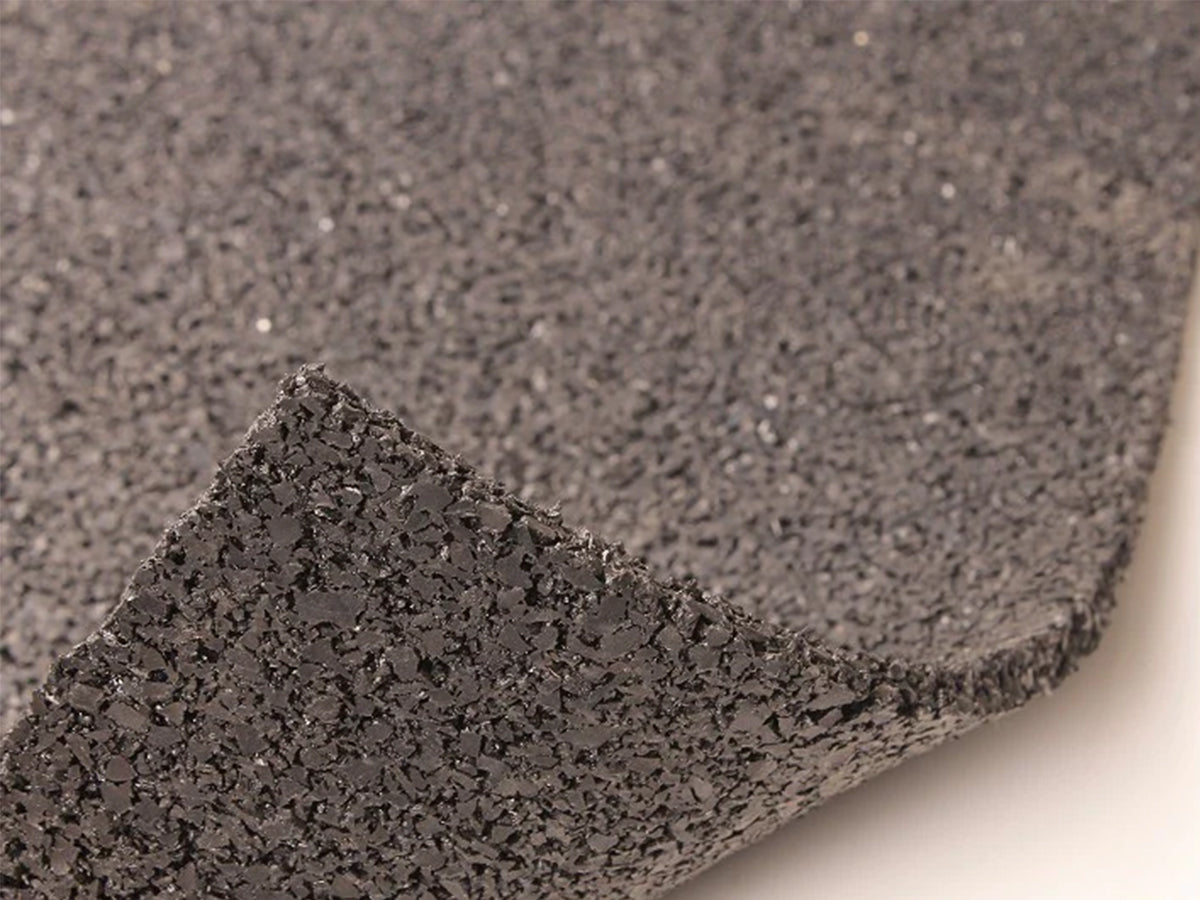
A dense rubber underlay that sits beneath gym flooring, helping to reduce impact noise. Ideal for home gyms on carpeted floors or areas where additional cushioning is required.
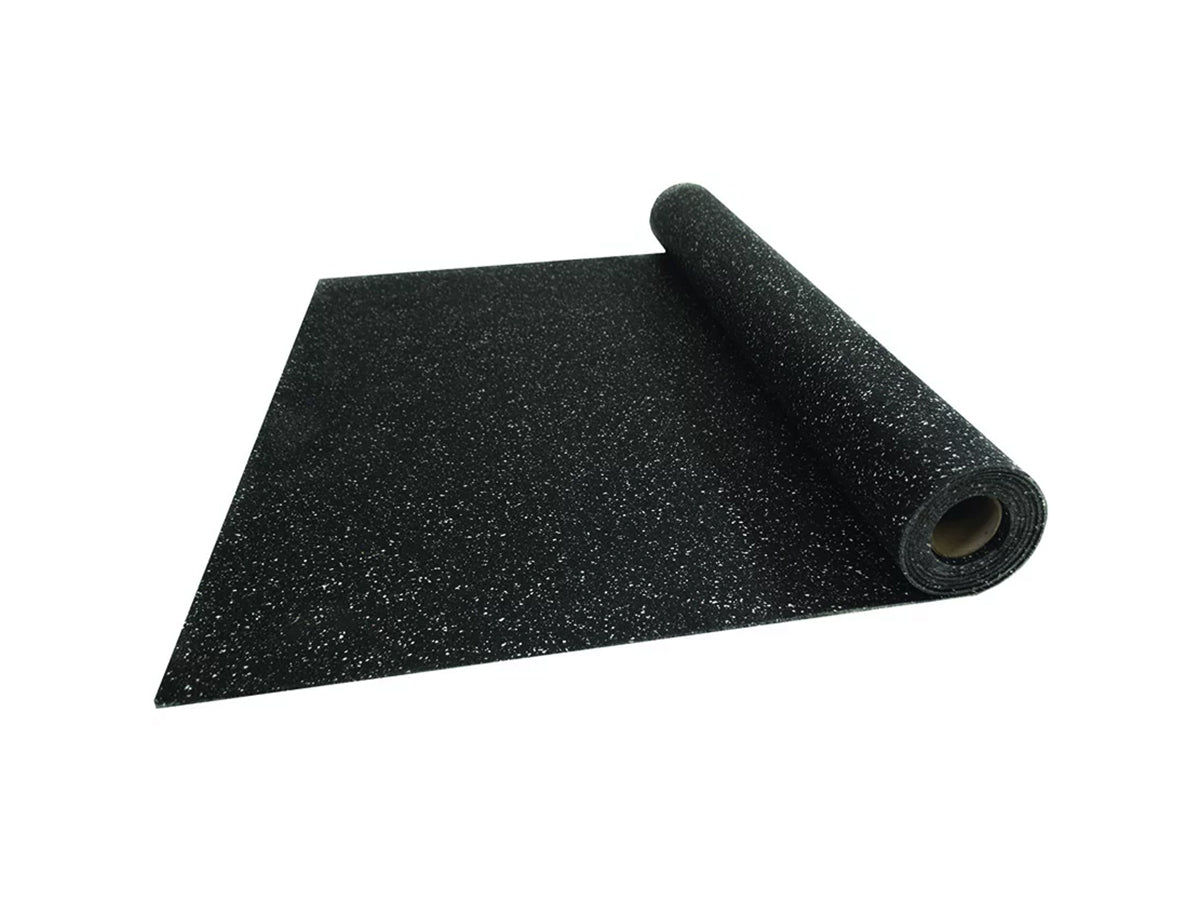
For home gyms that need extra noise reduction, GenieMat provides a higher level of impact noise absorption, making it perfect for second-floor gyms or spaces with shared walls.

Easy-to-install wall soundproofing panels, designed to absorb airborne noise from workouts. Great for reducing sound transmission through walls in shared living spaces.

A high-density alternative to standard floorboards and wall panels, providing a more effective barrier against noise. Can be installed under gym flooring or on walls for enhanced soundproofing.
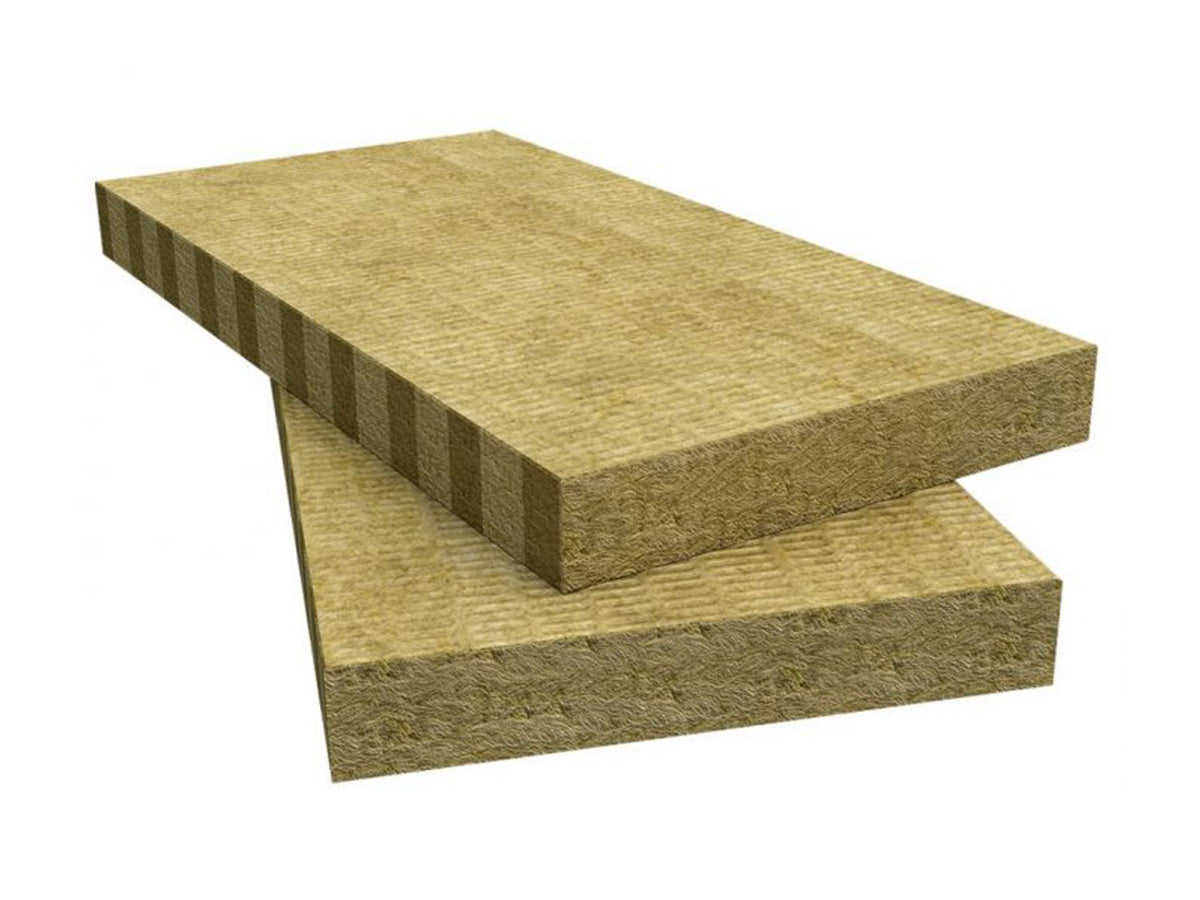
Used inside walls, ceilings, or under floorboards, Rockwool RW5 is highly effective at absorbing airborne noise, making it ideal for preventing sound from traveling between rooms.
Soundproofing a home gym requires tackling both impact noise (caused by weights, equipment, and footfalls) and airborne noise (music, voices, machine hums).
The SilentGym Interlock8 Home Gym Flooring Tile (8mm) is a perfect balance between cushioning, noise reduction, and durability.
The best home gym flooring depends on the type of exercises you do. Rubber flooring is the top choice due to its shock absorption, durability, and noise-reducing properties.

Rubber flooring is an excellent choice for home gyms, offering protection, noise reduction, and enhanced safety. It absorbs impact from heavy equipment and dropped weights, preventing damage to your flooring while also extending the lifespan of your gym gear. Additionally, its dense structure helps to dampen noise and vibrations, making workouts quieter, particularly important for gyms in shared or multi-floor homes.
Beyond protection and noise control, rubber flooring provides a stable, slip-resistant surface, reducing the risk of accidents during high-intensity exercises or weightlifting. Its durability ensures it can withstand frequent use without wearing out, and it requires minimal maintenance, making it a long-lasting investment. If you’re serious about creating a safe, effective, and low-noise workout space, rubber flooring is an essential addition to your home gym.
Installing gym flooring properly ensures a durable, safe, and comfortable workout space. Follow these steps for a professional-quality installation.
Before laying down your gym flooring, make sure the space is clean and ready:
Clear the area – Remove any furniture, equipment, or obstacles.
Clean the floor – Sweep and mop to remove dust, dirt, and debris. A dry, smooth surface ensures better adhesion.
Check for uneven surfaces – If the subfloor has cracks or irregularities, use a self-levelling compound to smooth it out.
Measure your space – Determine the exact dimensions and calculate the number of flooring tiles, rolls, or mats required.
Depending on the type of gym flooring, follow these specific installation methods:
For added stability and longevity, secure the flooring properly:
Use an underlay for extra cushioning and noise reduction – A 6mm acoustic rubber underlay improves shock absorption and reduces impact noise.
Adhesion options for a firmer hold:
Seal the seams (optional) – If you want to prevent dirt and moisture from seeping into the gaps, consider sealing the seams with a rubber seam sealer.
Setting up a home gym on an upper floor requires careful planning to minimise noise, vibrations, and structural strain. The impact from dropped weights and high-intensity workouts can travel through floors and walls, disturbing others in the house. To create a functional and quiet space, you need the right flooring, soundproofing, and weight distribution.
Impact noise is the biggest issue in second-floor gyms. Installing SilentGym Interlock8 rubber tiles helps absorb shock and reduce noise transfer. For extra vibration control, GenieMat Underlay beneath the flooring adds another layer of soundproofing. If you’re working with wooden floorboards, SBX Boards can replace standard flooring to increase mass and limit noise transmission.
A second-floor gym must be structurally sound. Most homes can support standard gym setups, but if you plan on heavy weightlifting, check your floor’s load-bearing capacity. Distribute weight evenly and avoid concentrated loads in one area.
Airborne noise, such as music and machine sounds, can travel through walls. Installing SM20 Rubber Panels helps absorb sound, while Rockwool RW5 Acoustic Wool inside walls reduces noise transfer between rooms.
To minimise disturbance, opt for rubber-coated weights, shock-absorbing cardio equipment, and drop pads to dampen sound. Ensuring a stable setup with rubber flooring and underlays will also prevent vibrations from spreading.
With SilentGym Interlock8 flooring, GenieMat Underlay, and proper wall soundproofing, you can create a quiet, effective second-floor home gym. Investing in the right materials ensures you can train without disturbing the rest of your household.
We have solution calculators for all our wall, floors and ceiling solutions, so head over to the relevant area to find the calculator you need.
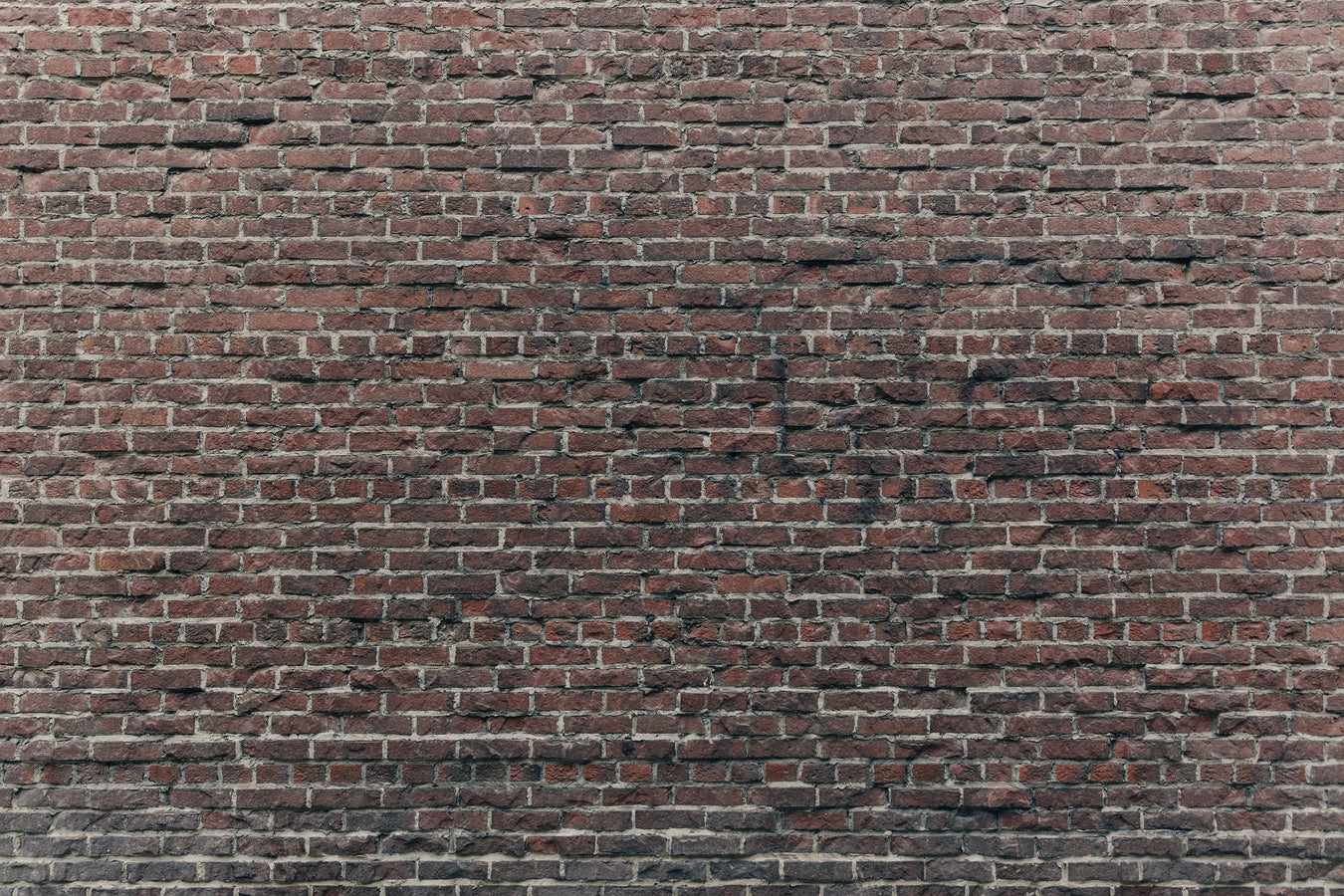
Including calculators for the GenieClip and Resilient bar systems, alongside our rubber panel solution.
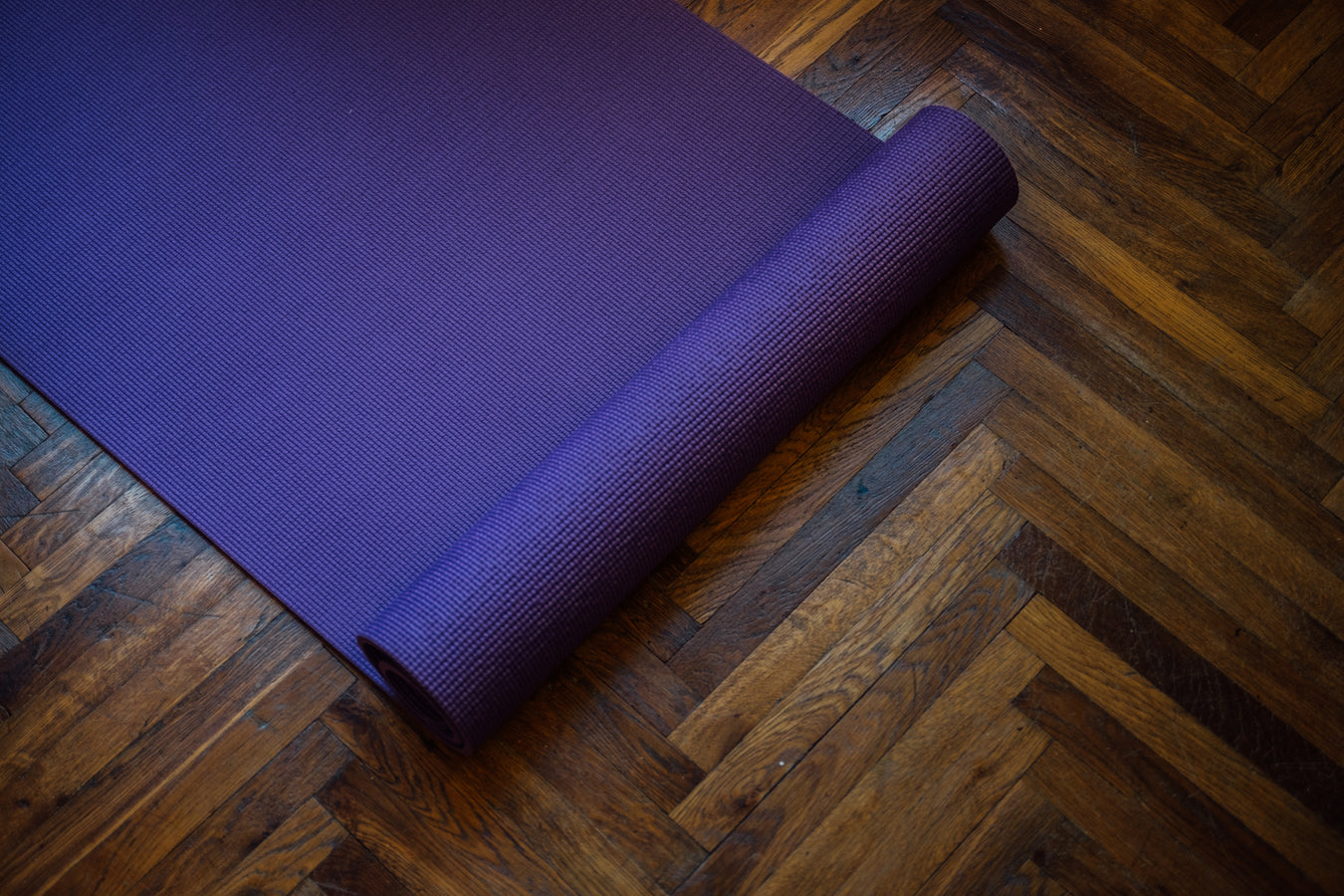
Find calculators for the SBx boards, Absorbalay high impact flooring, floating floor systems and so much more.
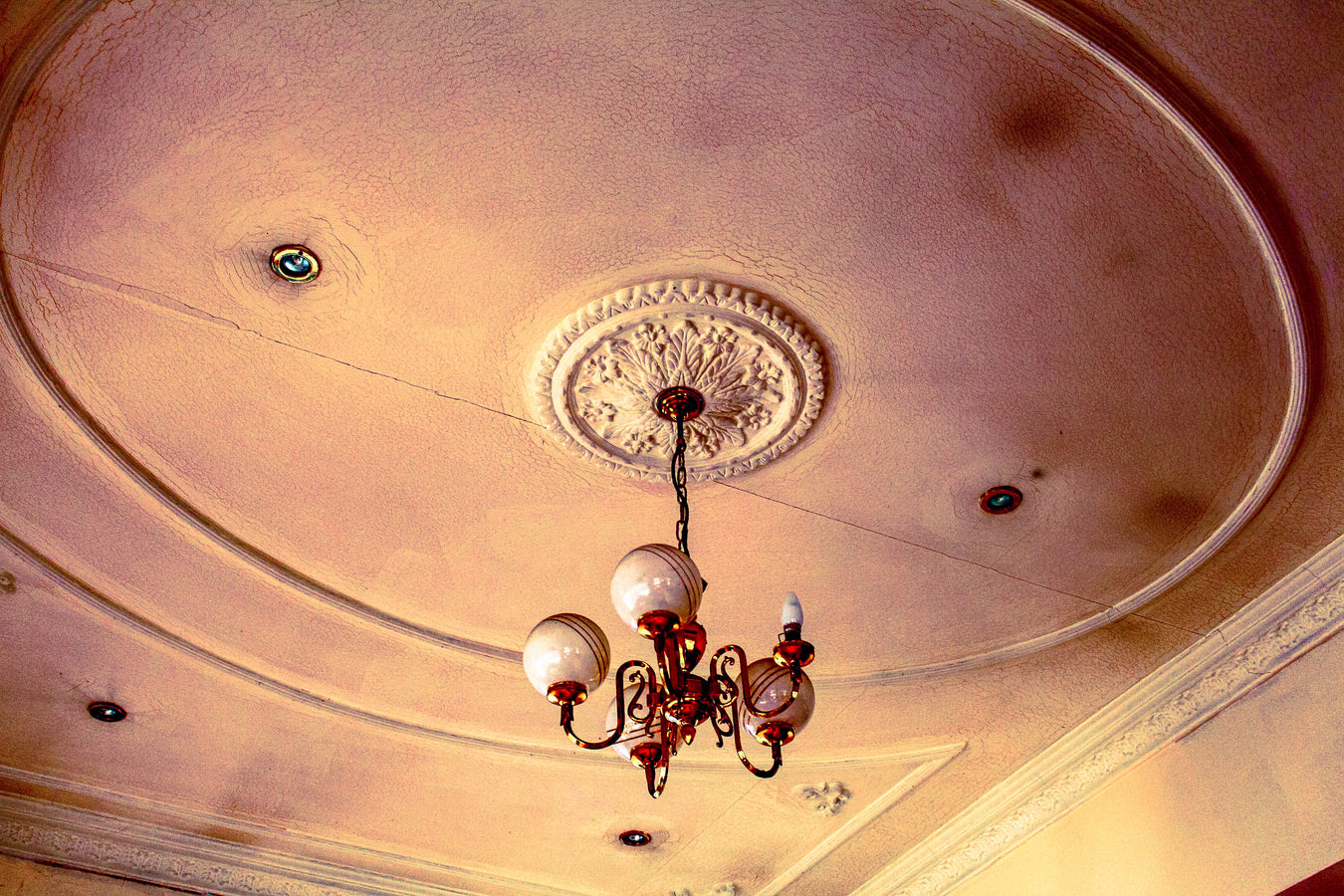
We have calculators for the GenieClip and LB3 ceilings systems, alongside acoustic hangers and independent ceiling systems.